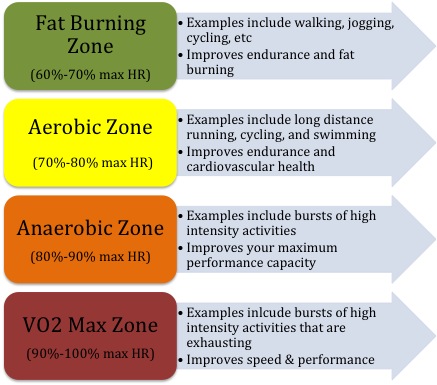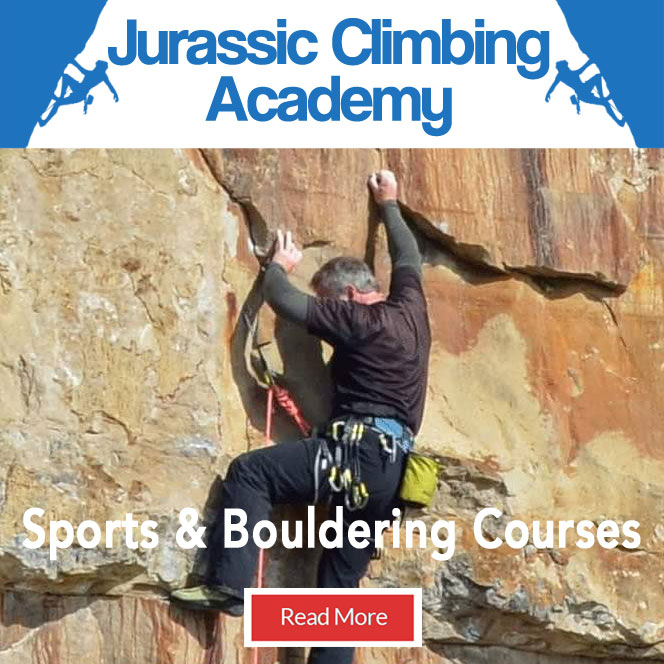Weight Loss And Efficiency
Weight Loss And Efficiency – As climbers, we are preoccupied with our weight, and why not as it figures that the heavier we are the more we have to haul up the climb. But are the current trends of using Weight Training, Crossfit and HIIT training to control/lose body weight the right option for climbers?
Would you like to progress further with our help? Then why not Book Some Coaching
The Options
The use of Weight Training, Crossfit and HIIT training has come into climbing over recent years. It’s a viable way for climbers to control weight, or is it? It certainly is a great way to burn fat, but at what cost? These types of training tend to burn fat by increasing body muscle percentage which in turn burns more body fat to supply the extra muscle with fuel. But here is the rub for climbers. Body muscle weighs more than body fat by volume!
It is no coincidence that endurance athletes are the leanest athletes. It’s the training that makes runners, cyclists, swimmers, biathletes, and triathletes leaner than say rugby players or weightlifters. In an average workout, an endurance athlete raises their metabolic rate and keeps it there for a long time. This is the most efficient way to burn calories without adding unwanted weight!
Where We Are Now
The training methods of today’s top athletes have evolved through innovative techniques that have produced better results. These methods having then been incorporated throughout the World into each particular sport. Sports innovation really slowed down after the 1960s with only the odd good idea emerging here and there.
Pure climbing is a relatively new sport and so has missed out on much of this innovation. Climbing is also a very complicated sport in that to perform you need varying combined levels of endurance, strength and, power. Whereas nearly all other sports require only one or at most two of these distinct areas of fitness. 100m runners need short bursts of power, marathon runners need long-term endurance. So what has come about within climbing in a very short space of time is a hotchpotch of ideas on training without any real time-tested evolution of results. This is not to say that some are not trying hard to test ideas, Eric Horst, Gimme Kraft, Eva Lopez and our own Paul Jackson, to name a but a few.
What Works
Whichever field of sport you are in you need to do a lot of it, that includes climbing. How much, well as much as you can without burning up, breaking down, losing jobs, not doing schoolwork or getting demotivated! The amount of time you train has a far greater improvement effect on performance than any other factor, the reason, efficiency.
Low Volume/High Intensity training will improve your aerobic capacity, VO2 Max, to your genetically defined limit. Due to the Low Volume, you will then stop improving. However, High Volume/Low Intensity training will still have the same effect on your aerobic capacity, VO2 Max. But when you hit your genetic limit you will carry on improving. This is due to the High Volume of training because you become more and more efficient and therefore perform better.
The Reasons
The reason High Volume training yields better long-term improvement results. The longer you keep doing something the more efficient you become and so you improve! Each step, stroke, pull, push, dynamic movement, you repeat, the more practice you get, the more ways your neuromuscular system finds to refine the movement pattern. You become more efficient.
High Volume/Low Intensity training is a more efficient way to burn body fat and keep a lean body mass than Low Volume/High Intensity training. A 68kg runner who does a 40 minute, 5 x 4-minute intervals at 100% VO2 Max, covering 7 miles will burn approximately 787 calories This is a very intense workout and if repeated too often would result in some form of breakdown through fatigue or injury. However, the same runner doing a 90-minute run at 75% VO2 Max, covering 11.5 miles would burn approximately 1300 calories. This run has burnt more calories and because it stresses the body less can be performed more often and therefore multiplies the effect even further. Also, let’s not forget that the efficiency effect is multiplied here!
The Dilemmas
If you have read my article The Vegan In Me you will be aware that I have had trouble controlling my weight for most of my life. As I got older this became harder to control. Some 10 years ago I decided that I needed help to control my weight and so sort advice and training from Personal Trainers, Nutritionists and, even other Climbing Coaches. All knew I was a climber and that I wanted to lose weight. But to a person, they straight away insisted that I go on some form of Weight Training and HIIT type of program. After all, it was the quickest way to lose body fat and gain a muscular body. They totally missed the point and the consequence of their training methods was that I did indeed lose body fat but also became heavier!
Back to Basics
So I reverted back to basics, did the study time and tested the ideas. Allowing for the blip in between due to illness I have now tested High Volume/Low Intensity training against Low Volume/High Intensity training for Fat Burn twice over periods of 6 months with a steady diet. In both cases weight loss, sometimes high weight loss occurred during the High Volume/Low Intensity phase. And leveled out, sometimes slightly increasing during the Low Volume/High Intensity phase. I now have two students on the same type of training assessment and so far the results are repeating.
Maximum Improvement Without Fatigue or Injury
The longer standing sports have this area wired, although injuries occur they tend to be few. There will always be injuries occurring for one reason or another. But as practitioners, it is our responsibility to provide training that whilst improving, limits the risk of injury.
We have all been to Climbing Gyms where we see climbers with taped fingers, wrists, elbows, knees. You name it, it’s taped! Unfortunately, this is becoming an all too common a sight. Again this appears to be down to many practitioners training clients in the High Intensity/Low Volume training style or climbers seeing the trendy training in the media and copying it. Where the client reaches their limit quickly and without efficiency they have stressed their body and something eventually gives. They then recover and do the same all over again, something gives.
I have even seen one youngsters training plan with weekly hangboard and campus board training sessions. That climber had fantastic prospects, podiumed at competitions, got injured, and has now disappeared from the competition circuit.
We have tested on ourselves many Low Volume/High Intensity training plans. Some direct with other practitioners some from those in the media. What happened, well we all got injured at one time or another. In all cases, the injury was serious enough to require Physio, Osteopathic or Medical intervention. We have also tested High Volume/Low Intensity training plans, firstly on ourselves then our clients with limited low effect injury or no injury at all.
Conclusion
Please don’t think from this we are advocating against High Intensity training, far from it. As we said at the start ‘Climbing is also a very complicated sport in that to perform you need varying combined levels of endurance, strength, and power’.
The combination is dependent on the type of climbing involved or the climber improvement to be trained. Boulderers need strength and power and some endurance, whilst big wall climbers need some strength and power and loads of endurance. There is a time and place for High Intensity training and that is at a reduced percentage of overall training time to that trained at High Volume/Low Intensity. This ratio changes from client to client depending on age, ability, climbing field participated, etc. We have found that training in the ratios of between 80/20 to 75/25 in favour of High Volume/Low Intensity at or below the Lactate Threshold has and is producing the best results.
Therefore for weight loss and efficiency
- High Volume/Low Intensity produced the best weight loss, weight control, and lean athletes
- High Volume/Low Intensity reduced injury levels
- Both High Volume/Low Intensity and Low Volume/High Intensity can improve aerobic function up to genetic VO2 Max
- Only High Volume/Low Intensity improved performance after VO2 Max due to the efficiency of movement
- Use Low Volume/High Intensity to improve strength and power, but at a reduced training time period
- The best ratios were between 80/20 and 75/25 in favour of High Volume/Low Intensity
- High Volume/Low Intensity must be trained at or below Lactate Threshold
Would you like to progress further with our help? Then why not Book Some Coaching











